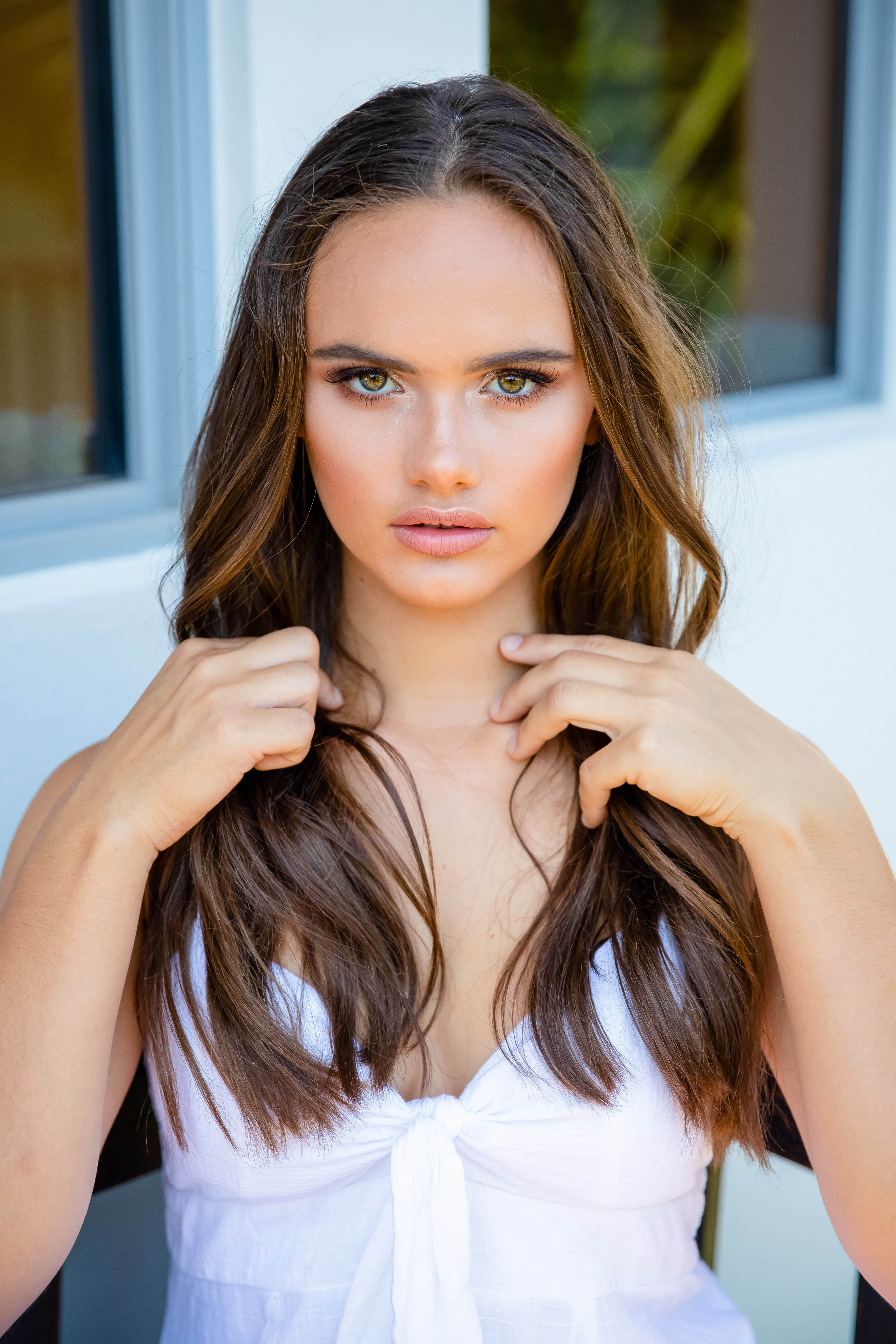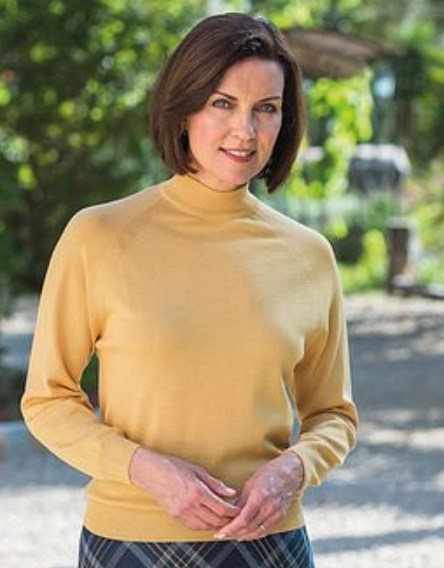The Newbie's Overview to Product Photography
If a photo is worth a thousand words, a sensational product photo deserves a thousand internet site visits. Although I do not have data to back up that declaration (yet), product photography can be exceptionally beneficial to your ecommerce website method.
To reach your target market members who prefer purchasing online, you likewise require to give your audience clear, distinctive pictures of your items.
But product photography isn't as easy as aiming and firing. Also the most fundamental products require the correct equipment, lighting, and also space to produce lovely pictures that market buyers right from the purchase web page.
6 Product Photography Tips (and Examples) for Taking Photo That Offer
Right here are the pointers, instances, as well as supplies you'll need to successfully photograph as well as market your items in a way that makes your visitors and prospects intend to convert.
1. Don't hesitate to use your mobile phone's camera.
This is the component where I'm meant to encourage you to buy a premium, 50-megapixel (MP) camera with a 100-millimeter screw-on lens. Yet I'm not mosting likely to do that.
If you already have a video camera that fits this description, take advantage of it. But for lots of sorts of items, it's entirely appropriate to fire product pictures on a smartphone.

Newer smartphones boast effective camera lenses as well as settings that enable you to maximize your shots for the various types of light and also environments you could shoot in.
If you need more persuading, simply look into Apple's Shot On An iPhone campaign and also the photos that have arised from it over the years such as this:
2. Shoot from a tripod for photo uniformity.
Prior to describing tripods, I'm obligated to start with a principal guideline: Don't prop your phone against something tough to intend your lens towards the topic.
It's simply also very easy for this makeshift arrangement to glide around throughout the shoot as well as create inconsistencies in your pictures' look. If you relax your video camera on, claim, a stack of books, just make sure this plan does not transform over the course of the shoot.
There's no harm in holding your cam yourself when shooting simply a few product images for your ecommerce internet site. Yet as your business grows, and also you take a lot more photos of more items, it can be tough to systematize the product's orientation in each photo when shooting handheld.
To ensure consistency across your products, you'll require a tripod. And fortunately, getting one isn't always the big, industrial-sized financial investment it made use of to be.
Here are two kinds of tripods to take into consideration.
Traditional vs. Flexible
This is a custom tripod-- there are typical tripods offered Photography Techniques for both cameras and mobile phones.
A adaptable tripod can be adjusted in a variety of methods. You can flex its legs and place it on different surfaces to get the angle you need.
Mobile Hold
There's usually a screw on the top of your tripod which attaches to your electronic camera to hold it in position. The underside of most professional-grade electronic cameras has a screw opening just for this objective, however smartphones can utilize the adhering to adapter:
The adapter grips the sides of your mobile phone and also can screw right into either sort of tripod, allowing you to run the electronic camera regulates with the phone display dealing with exterior and also toward you.
As soon as you establish which place you'll require, establish it up before your product, and also consider putting three pieces of tape on the ground to mark where you want to keep each leg of your tripod throughout the shoot.
3. Pick natural light or artificial light.
Never undervalue how specific kinds of light can enhance (or hinder) your product photography. Remember, buyers get the best take a look at an item face to face, where they can see every little thing they require to prior to getting. The ideal illumination setup aids you disclose those vital decision-making product features when all site visitors need to go on is a photo.
A single lighting setup may not benefit every product-- a lighting plan that benefits some items may weaken the look of others.
There are two types of light you can choose as your major light: all-natural and also man-made light.
Natural Light
All-natural light refers to sunshine-- simple as that. It's additionally called "soft light" due to the fact that the sunlight casts a larger, softer variety of light than, state, a light radiating straight on the product. Ecommerce product shots grow in all-natural light if:
The product is shot outside or suggested to be made use of outside.
The product is utilized by, worn on, or shot with a person ( individuals often tend to look far better in natural light).You're trying to emphasize the product's environments, as opposed to particular attributes of the product.
Right here's an instance of a shot using natural light:
Fabricated Light
Synthetic light consists of candles, fire, as well as more frequently, light bulbs. It's likewise described as "hard light" since it generates a smaller sized but much more focused light surface. This type of light accommodates products with physical details that require to be highlighted to thrill an on the internet buyer.


As a general policy, adhere to simply one sort of light per photo-- all-natural or artificial. Including all-natural light to an artificially lit photo can soften a product that's indicated to festinate, as well as including fabricated light to a normally lit photo can hone a product that's meant to look soft. You do not want to get in your very own method.
4. Load or bounce your light to soften darkness.
Whether you utilize all-natural light or fabricated light, you'll require to reduce the darkness that any prospective tough light casts on the opposite end of a product.
There are three means to do this:
Load Light
Consist of one more, less-intense light to supplement your main light. This extra light is called your fill light as well as is made use of as a counterbalance to soften the natural darkness your main light produces behind an things.
To do this, put your fill light contrary your major light so your product sits between both lights.
Flashbulb Bounce Card
A bounce card, or reflector card, is a small card that " shows" or "bounces" the major light back onto the surface underneath your product to minimize darkness.
Some bounce cards connect to the flashbulb of a professional electronic camera lens to diffuse the light from the video camera's flash. This card sprinkles a softer light onto the topic from above your set-- as opposed to directly at it-- so you do not have lengthy darkness trail behind the item you're shooting.
Standalone Bounce Card
If you're firing from a smart device, a flashbulb bounce card isn't an alternative, given that you do not have a physical flash you can connect it to. Instead, make your very own standalone bounce card placed contrary your primary source of light.
For newbies to product photography, this bounce card can properly replace your fill light, which counters the difficult light from the electronic camera flash or lamp that's facing toward the front of your product.
5. Use a sweep or picture setting to stress the product.
There isn't one appropriate way to position your product, lights, and jump cards-- they can transform considerably depending upon your background. However don't choose a history based upon what's most convenient to produce. Histories need to look like how you desire your purchasers to view your product when viewing it online.
Consider first whether you would certainly like a white history or a much more dynamic, real-world background. There's an easy method to accomplish each one.
White History: Move
For white histories, it's not as simple as establishing a table against white drywall. Even smartphone cams can grab little acnes on a white wall surface that you wouldn't discover with the naked eye. To catch a excellent white background with no corners or imperfections, use a move.
A move is a large bendable sheet of paper, whose lower work as the surface area below your product and then contours up into a white wall behind the product.
On cam, the move's contour is unnoticeable, highlighting vital product information as well as permitting the item to possess all of a web site visitor's interest.
Real-World Background: Picture Setting
Dynamic, real-world histories are really appealing when shooting products that have a particular usage or are being designed by a individual-- as you saw in the picture of the briefcase earlier in this guide.
But, it's very easy for a real-world background to take the focus of the photo, making it unclear which product in the photo you're really selling.
Provide your product deepness and emphasis with portrait mode, a picture setup on most professional cameras, as well as additionally offered on many new mobile phones. This setting blurs the background so the context of the product is clear yet not competing versus the product itself.
Below is a incredibly outstanding photo of a HubSpot pen absorbed picture mode on a Google Pixel 2 (I took this image myself). You can inform the pen remains on a desk with a computer behind it, however the pen is still the prime focus for visitors:
6. Fire a selection of pictures.
My last ecommerce photography idea to you is to not quit at one photo per product. Equally as your consumers look, hold, make use of, as well as even try out goods in a shop, your internet site ought to fire a range of pictures to simulate this very experience.
If you're firing clothing, for example, record the garment of apparel alone-- that is, expanded on a white surface-- in addition to on a mannequin whose color contrasts the color of the product.
After that, for added images, have the clothes modeled on a individual, allowing you to take photos of the product from the person's different poses and angles.
Product Photography Set-Up
Next, let's summarize what we simply obtained-- right here's a list of quick product photography set up tips that you can describe and share on your group:
• Select a camera-- whether that means using your smartphone.
• Obtain a tripod that helps your video camera of option.• Select all-natural or man-made lighting-- think about which option is best for your product as well as setting.
• Determine whether you'll fill up or bounce light.• Select sweep or portrait mode.
• Take numerous different pictures to supply your audiences range.
Get going With Your Product Photography
Do not feel obligated to invest in every suggestion as well as tool at the same time. https://telegra.ph/Opening-Your-Essence-The-Power-of-Personal-Branding-Photography-11-08 Use these product photography ideas slowly to see what makes your shop look one of the most nice, and also change your strategy as your photography chops get better.